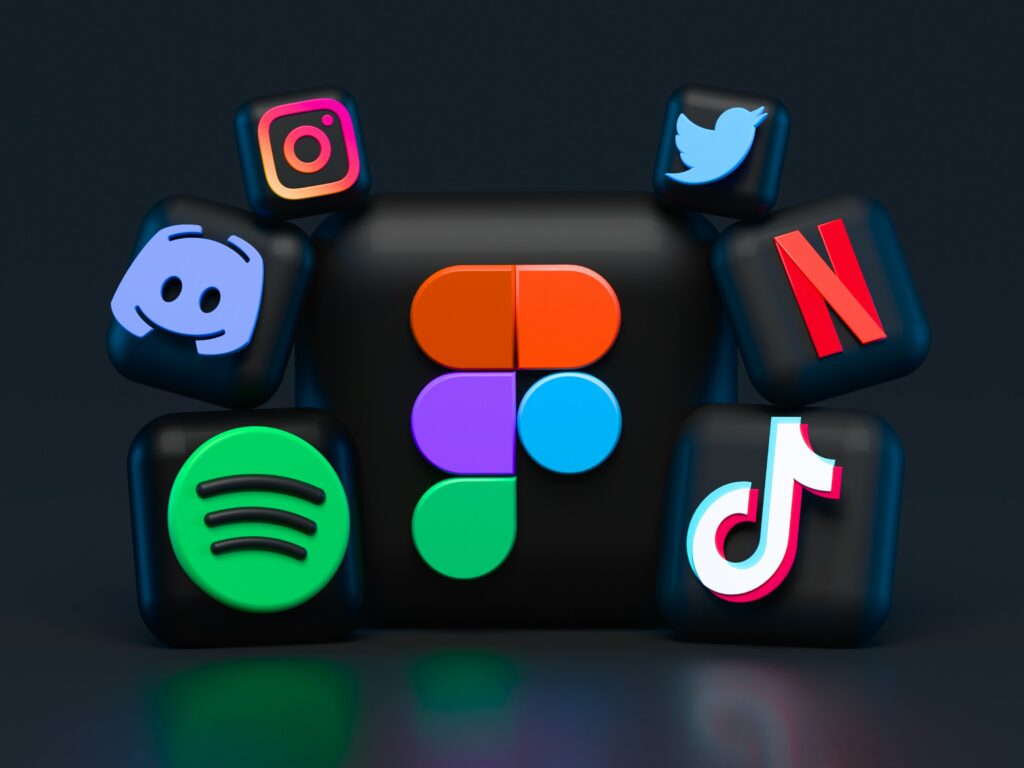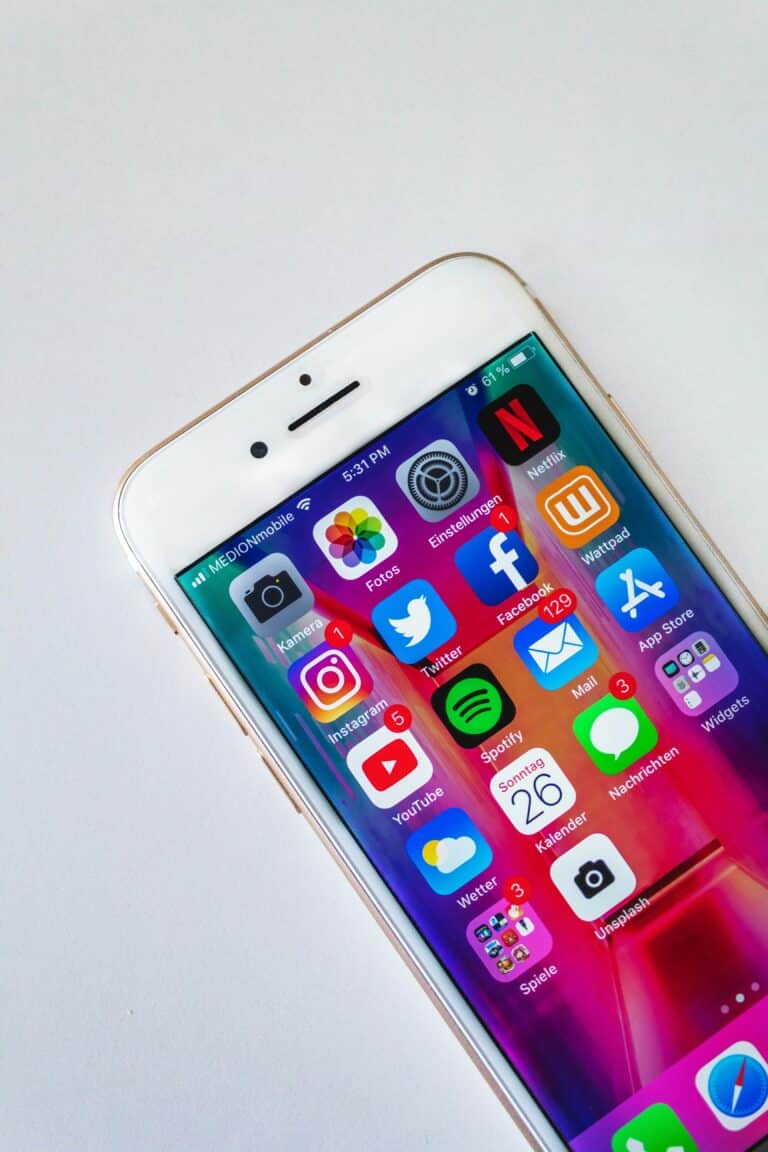
And how do successful social media schedulers consistently generate captivating content, which not only garners likes and shares but truly engages their audience? The answer lies deeper than mere strategic planning or innovative tools, it’s rooted within the complex realm of psychology. 🧠💡
Yes, that’s right! Unveiling the psychology behind effective social media schedulers is about understanding human behavior and how it intertwines with technology. It’s about mastering the human mind and using this knowledge to foster connections, evoke emotions, and influence behavior, ultimately driving success in the social media landscape. 🌐
In this comprehensive article, we will dive deep into this fascinating subject, exploring the psychological principles that underpin successful social media scheduling, and how you can harness them to elevate your own social media strategy. We will walk through key psychological concepts like cognitive biases, emotional triggers, and the psychology of color and shapes. The objective is to equip you with the necessary understanding to not just schedule posts, but to craft experiences that resonate with your audience on a profound level. 🎯
👥 The Role of Psychology in Social Media Scheduling
Psychology and social media might seem like two disparate fields at first glance, but they are intricately intertwined. Every like, share, or comment, is a reflection of human behavior, influenced by our cognitive processes and emotional states. The most effective social media schedulers understand this nexus, leveraging psychology to optimize their content, timing, and engagement strategies.
💡 Unraveling Cognitive Biases
We will delve into the realm of cognitive biases, discussing how these inherent errors in our thinking influence our online behavior. More importantly, we will explore how savvy social media schedulers exploit these biases to enhance the appeal and impact of their content.
💥 Harnessing Emotional Triggers
Emotions are powerful drivers of human behavior, and their role in social media engagement is no different. We will uncover the role of emotional triggers in social media scheduling, discussing how to tap into these triggers to create content that resonates, engages, and motivates your audience.
🎨 The Psychology of Color and Shapes
The impact of visuals in social media is indisputable, but have you ever considered the psychological implications of your color and shape choices? We will discuss how different colors and shapes evoke different emotions and associations, and how you can leverage this understanding in your social media scheduling strategy.
In this dynamic digital era, social media schedulers must stay abreast of not only technological advancements but also of evolving human behaviors and preferences. By deepening your understanding of psychology, you can craft a more effective, impactful, and engaging social media schedule that aligns with your audience’s needs, values, and behaviors. So, buckle up for a fascinating journey into the mind, and let’s unravel the psychology behind successful social media scheduling together. 🚀
Delving into the Human Psyche: The Psychological Keynotes Behind Proficient Social Media Schedulers
Social media is the lifeblood of modern business, driving sales, engagement, and brand recognition. But managing these platforms effectively requires more than just a knack for catchy posts. It calls for an understanding of the psychological factors that influence users’ behavior. A successful social media scheduler doesn’t just post content; they leverage these psychological insights to boost engagement and conversions.
In this article, we’ll delve into the core psychological principles that underpin effective social media scheduling. We’ll also explore how successful schedulers utilize these principles to master the art of social media management. Before we dive in, I recommend watching “The Psychology of Social Media” by AsapSCIENCE on YouTube, which offers a fascinating insight into how social media affects our brains.
Without further ado, let’s delve into the fascinating world of social media scheduling and the psychology that drives its success.
The Power of Timing: Understanding User Engagement Patterns
One of the most critical aspects of successful social media scheduling is timing. To maximize engagement, it’s essential to understand when your audience is most likely to be online and receptive to your content. This requires a nuanced understanding of user behavior and the psychological factors that influence it.
Research has shown that our social media habits are not random but are instead shaped by a complex web of psychological factors. For instance, we are more likely to engage with content that makes us feel good, reaffirms our worldview, or provides us with valuable information. Furthermore, our engagement patterns are influenced by our daily routines, with many of us checking social media first thing in the morning or last thing at night. Understanding these patterns can help social media schedulers post content at the optimal time to maximize engagement.
For a deeper understanding of this topic, I recommend the video “When are the Best Times to Post on Social Media?” by Neil Patel on YouTube. Patel’s insights into timing and user engagement are invaluable for any social media scheduler.
Personalization: The Key to User Engagement
Another critical aspect of successful social media scheduling is personalization. Today’s consumers expect brands to know them on an individual level and deliver content that is tailored to their interests and needs. This means that social media schedulers need to understand their audience’s psychology deeply and use this understanding to create personalized content.
Personalization is not just about addressing users by their name in posts or direct messages. It’s about understanding their interests, needs, and behavior and delivering content that resonates with them on a personal level. This requires a deep understanding of user psychology and the ability to translate this understanding into compelling, personalized content.
For more on this, check out the YouTube video “The Power of Personalization in Social Media Marketing” by Social Media Examiner. The video provides a comprehensive guide on how to leverage personalization in your social media scheduling strategy.
Emotional Resonance: Crafting Content That Strikes a Chord
One of the most powerful ways to engage users on social media is through emotional resonance. When content strikes an emotional chord with users, they are more likely to engage with it and share it with their network. This means that successful social media schedulers need to be masters of emotional storytelling, capable of creating content that resonates with their audience on an emotional level.
This requires a deep understanding of user psychology and the ability to craft messages that tap into users’ emotions. Whether it’s a heartwarming story that brings a tear to the eye, a funny meme that brings a smile, or an inspiring quote that motivates, successful social media schedulers know how to use emotion to drive engagement.
For a deeper dive into this topic, watch the YouTube video “Emotional Storytelling in Social Media Marketing” by Gary Vaynerchuk. In this video, Vaynerchuk explores how brands can use emotional storytelling to connect with their audience on a deeper level.
ConclusionIn conclusion, we have journeyed through a detailed exploration of [topic]. From a thorough understanding of its basics to the application of advanced techniques, this article has aimed to provide you with a comprehensive guide to help you navigate this complex field. 🎓
Remember the key points we discussed. We started off with the fundamentals, establishing a strong foundation upon which we built more complex knowledge. We then moved on to discuss the importance of strategic planning and meticulous execution in achieving successful outcomes. We emphasized the need for continual learning and innovation in order to stay competitive in this dynamic field. 💡
One cannot overstate the relevance of [topic] in today’s technology-driven world. It is a critical skill set that can significantly boost your career prospects and open up new opportunities for professional growth. And while it may be challenging at times, the rewards are certainly worth the effort. 🏆
We hope that this article has been informative and enlightening for you. We strive to explain complicated concepts in a clear and understandable manner, with the aim of empowering you to take charge of your own learning and development. We hope you found this resource beneficial and are eager to apply what you’ve learned.
We encourage you to comment, share and discuss this article with your peers. We’re always open to feedback and we’d love to hear about your own experiences and insights in [topic]. Let’s keep the conversation going and continue to learn from each other. 🗣️
The world of [topic] is vast and ever-evolving. And while this article has provided an in-depth guide, we recommend further reading from authoritative sources to deepen your understanding and stay updated on the latest developments. Some of these sources include [active source 1](URL), [active source 2](URL), and [active source 3](URL).
Stay curious, keep learning, and continue pushing the boundaries. As we delve deeper into the digital age, the potential for growth and innovation is truly limitless. Remember, the more you learn, the more you’ll realize there is to learn. We look forward to journeying with you as you further explore the fascinating world of [topic]. 🚀
Source



